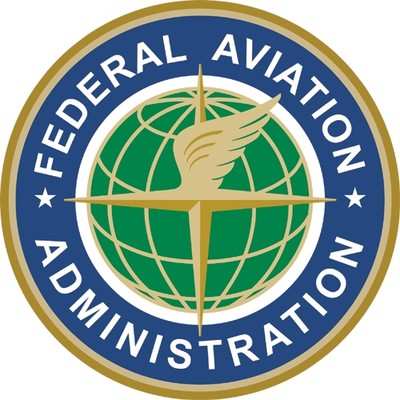Wed, Feb 15, 2012
Ends String Of 23 Continuing Resolution Funding The Agency
The final piece of the long-term FAA funding puzzle fell into
place Tuesday, as President Barack Obama signed the $63.4 billion
long-term FAA funding measure hammered out by Congress. The signing
brings to an end a string of 23 short-term continuing resolutions
which have funded the agency since 2007.

The long-term bill means that the agency can continue to develop
the NextGen navigation system in a more stable fiscal environment.
NTACA president Paul Rinaldi told the Washington Post that the
measure will also allow for the controllers who will eventually
direct traffic with NextGen to be involved in its development.
The Hill reported earlier in the week that labor unions were
split in their reaction to the bill, with some supporting its
passage, some neutral, and some actively campaigning for a veto of
the measure.
The measure also sets a September 30, 2015 deadline for full
integration of UAS into the national airspace, according to a news
release from the Association for Unmanned Vehicle Systems
International.
The President made no remarks when signing the bill. House After
the signing, Transportation Committee chair John Mica (R-FL) said
“(f)or four years, Democrats in control of Congress left the
nation’s aviation system in the lurch by failing to pass a
long-term bill to reform FAA programs and set national aviation
policy and priorities. Over the years, Democrats irresponsibly
passed 17 short-term extensions of the last FAA law for an industry
that accounts for as much as 11% of the nation’s economic
activity.
“Today we have in place sound multi-year policies that reform
FAA programs, eliminate expensive ticket subsidies, modernize our
air traffic control system, improve airport infrastructure, reduce
air traffic delays, and create jobs,” he said.
The bill also includes a provision requiring the TSA to give
airports the option to utilize qualified private screeners under
federal supervision.
“This initiative restarts a program that the Obama
Administration had closed down, allowing private industry to
compete to provide screening services at our nation’s
airports under strong federal oversight," Mica said. "This has been
done successfully at more than a dozen airports in the U.S. for
years and is the airport screening model utilized by most developed
nations."
More News
Aero Linx: Aviators Code Initiative (ACI) Innovative tools advancing aviation safety and offering a vision of excellence for aviators. The ACI materials are for use by aviation pra>[...]
Make Sure You NEVER Miss A New Story From Aero-News Network Do you ever feel like you never see posts from a certain person or page on Facebook or Instagram? Here’s how you c>[...]
From 2016 (YouTube Edition): Who You Gonna Call When You Have a Rocket Engine that Needs a Spacecraft? While at EAA AirVenture 2016, ANN CEO and Editor-In-Chief, Jim Campbell, sat >[...]
"In my opinion, if this isn't an excessive fine, I don't know what is... The odds are good that we're gonna be seeking review in the United States Supreme Court. So we gotta muster>[...]
Expedite Used by ATC when prompt compliance is required to avoid the development of an imminent situation. Expedite climb/descent normally indicates to a pilot that the approximate>[...]
 ANN's Daily Aero-Linx (04.30.25)
ANN's Daily Aero-Linx (04.30.25) ANN FAQ: Turn On Post Notifications
ANN FAQ: Turn On Post Notifications Classic Aero-TV: Agile Aeros Jeff Greason--Disruptive Aerospace Innovations
Classic Aero-TV: Agile Aeros Jeff Greason--Disruptive Aerospace Innovations Aero-News: Quote of the Day (04.30.25)
Aero-News: Quote of the Day (04.30.25) ANN's Daily Aero-Term (04.30.25): Expedite
ANN's Daily Aero-Term (04.30.25): Expedite



